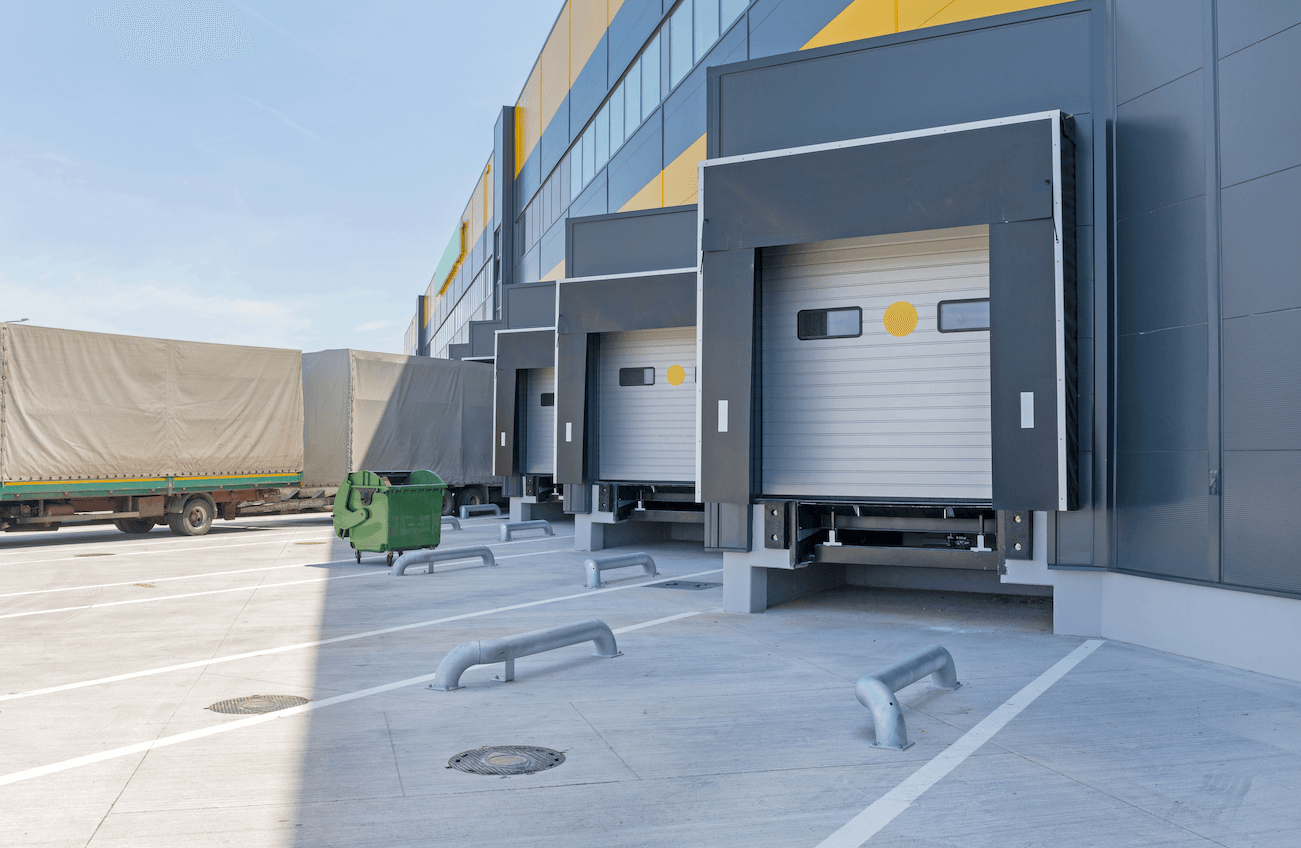If you’re new to freight brokering, you’re likely going to run into a situation where a driver is requesting to be paid for detention at some point. Detention is common in trucking, but what is it? Why do we pay it? And how can we limit how often it’s paid? In this blog, I’m going to break it all down for you.
What is Detention?
Simply put, detention pay is an accessorial charge that a driver is paid when they have to wait an extended amount of time at a pickup or delivery location. The generally accepted amount of time that a driver is expected to wait without any extra pay is usually around two hours. This is what’s called “free time”. Anything after that two hours will typically result in the driver asking for extra money, or detention pay. Detention exists to compensate drivers for their extra time that is wasted, which can lead to some snowball effects, and we’ll be covering that later on.
Why Does Detention Happen?
So why does detention actually happen? There’s a variety of scenarios that can cause detention, but I’ll cover two of the most common situations: congestion at a customer’s facility, or delays in production.
If a customer’s facility is congested or has poor infrastructure, it makes it difficult to get trucks in and out in an efficient manner. This is one of the leading causes of detention. It can be caused due to an excessive amount of trucks coming in and out of a facility, a lack of loading doors, or just a poorly laid out shipping and receiving area. If a driver has to wait for other drivers to leave before they can pull into a dock, time is wasted, and everybody loses. The driver loses valuable time which affects their hours of service, the customer risks their shipment arriving late, and the costs add up.
Delays in production or a shipment simply just not being ready to load can cause detention as well. A driver can show up on time at a facility that has little to no congestion, but if the freight isn’t ready to load or unload, you run into the same situation, time wasted. It can happen because the loading or unloading equipment isn’t available like a crane or forklift, or the actual product just isn’t ready yet. Maybe production is delayed, or perhaps it’s not fully packaged and ready to be loaded. Either way, it’s frustrating for everyone involved.
The Snowball Effect
Like I mentioned earlier, there is a snowball effect that happens when we run into a detention situation. The FMCSA regulates the amount of time a driver can spend working each day, and this is called the hours of service rule. A driver is allowed to work for 14 hours in any given day, but can only drive for 11 of those 14 hours to account for breaks and rest time. Drivers want to maximize the amount of time they spend driving so they can maximize their earnings. If a driver runs into a detention situation, they are already wasting two hours waiting plus the detention time. Let’s look at a scenario.
A driver has to wait three hours to get loaded at a customer facility which causes them to hit the road later than they originally planned to head to the next stop. Due to this delay, they end up driving 100 miles less that day than they originally planned before they park for the night and take their ten hour reset. The next day the driver heads to the delivery which has an appointment time to unload. Due to the delay, they miss their appointment and have to wait to be unloaded until the dock has room for them to pull up and park. This can lead to even more detention time. This can lead to even more issues with the hours of service rule and the driver could potentially miss their arrival time at their next step or load pickup. You can see here how the original waiting time snowballed into a worse and worse situation.
Nobody Likes Detention
There’s a misconception that drivers like getting detention because it’s just extra money on top of what they originally agreed to haul a load for. That’s not really the case though. Time is money in our industry, and getting a hundred bucks extra for waiting four hours isn’t going to account for the amount of money a driver can earn when they are actually moving. $50 an hour for detention is a pretty reasonable rate, but consider how much a driver earns when they are actually driving. If a driver earns $3.00 per mile on a load and drives at an average of 60 miles per hour, they are earning $180 per hour that they are driving. If they wait four hours at a facility and are compensated $100 for two hours of detention, they’re losing out on what they could be making if they are spending their time more efficiently.
Customers don’t like detention either. It costs them money, since they are the ones that are usually responsible to pay for it. They also run the risk of delaying the delivery time to their customer on the receiving end. That’s why we, as brokers, should try to do everything we can to prevent detention from happening. We should be talking with both our customer and the carrier to verify that a shipment is ready, the appointment or arrival times are still good, and anything else that could result in a delay. Good communication is key in this industry, and it can be the difference between a smooth loading or unloading and delays that result in detention. Detention can be frustrating. It can damage relationships between shippers, brokers, and carriers, and we need to do everything we can to prevent it.





